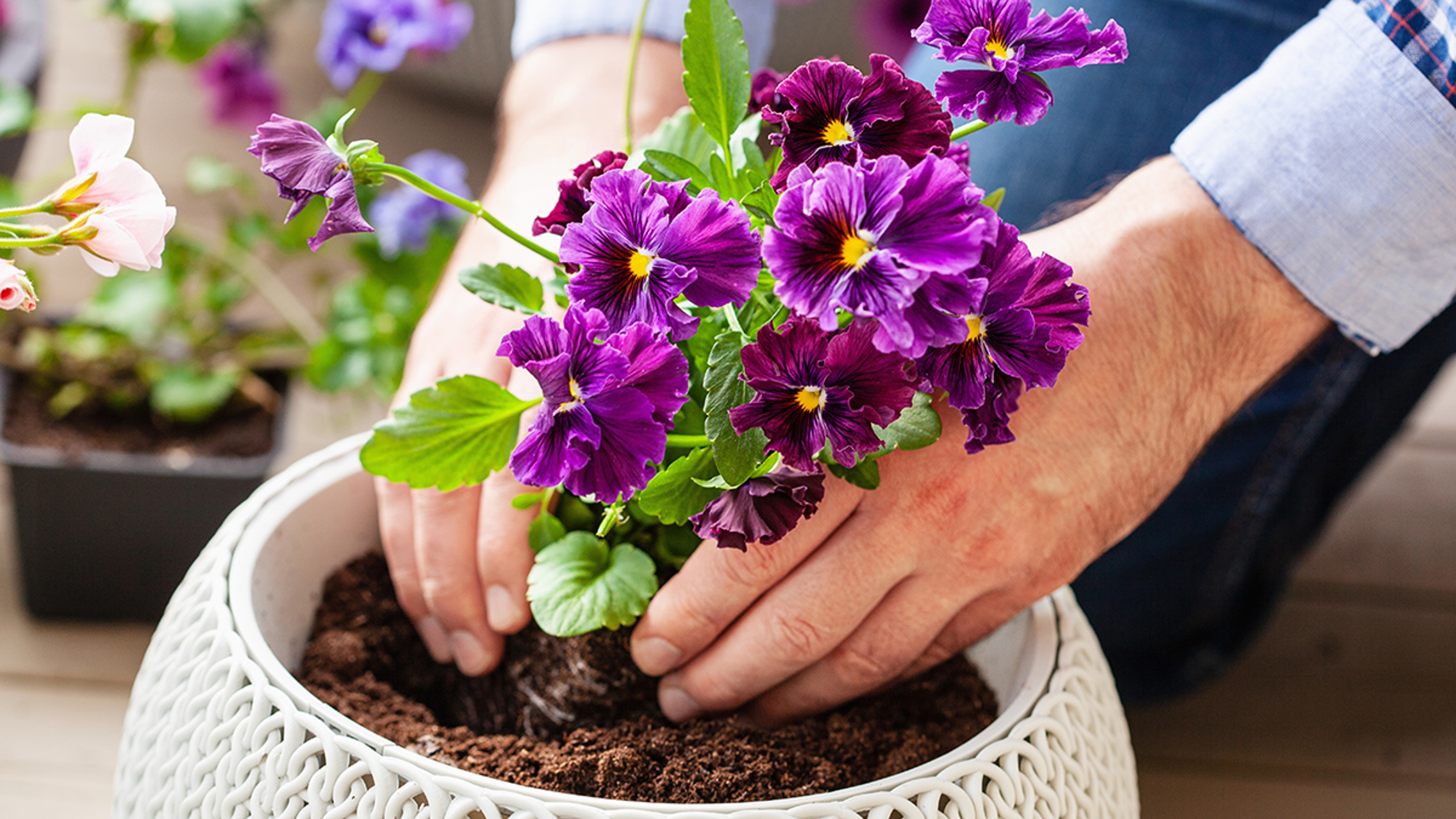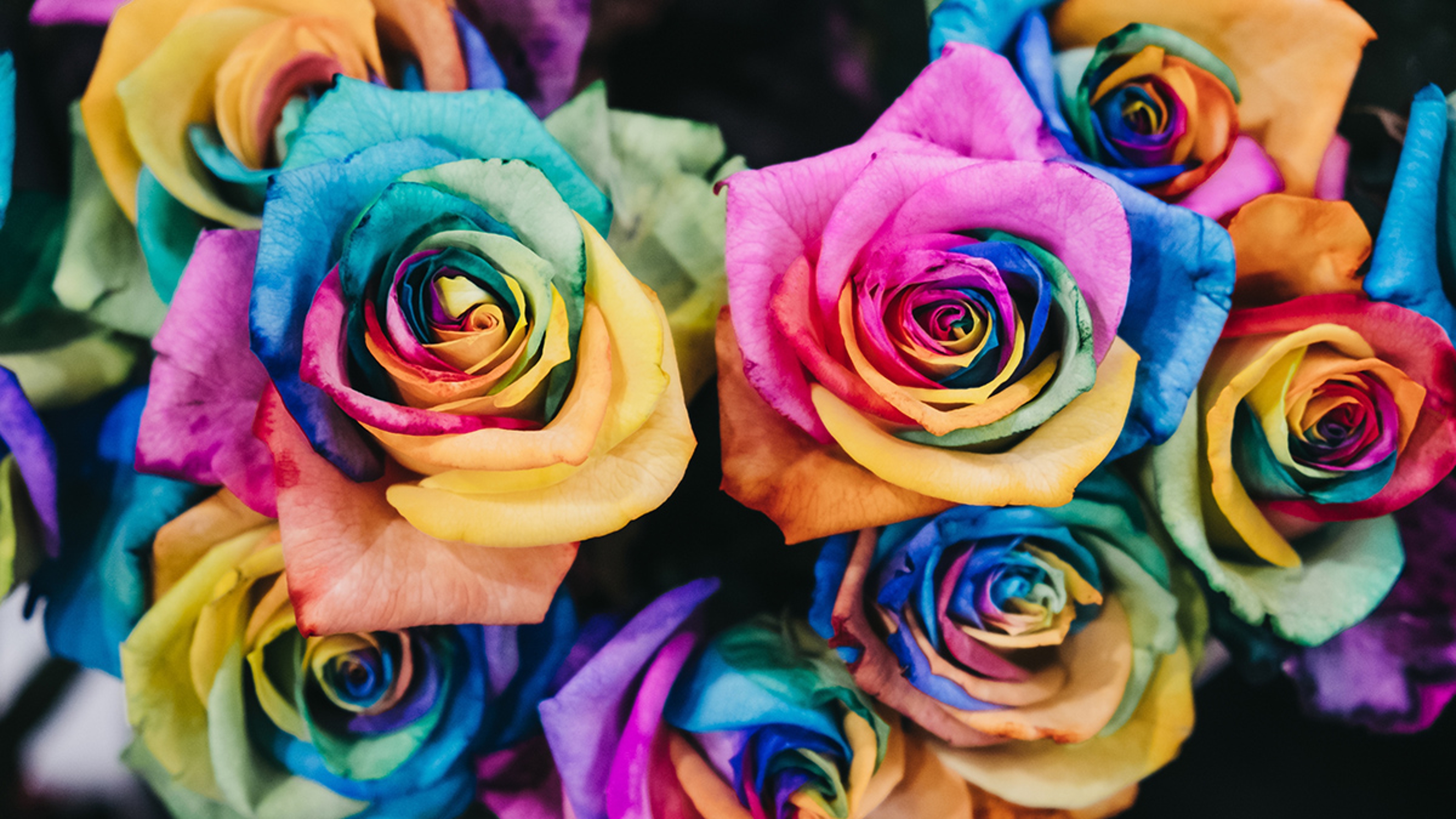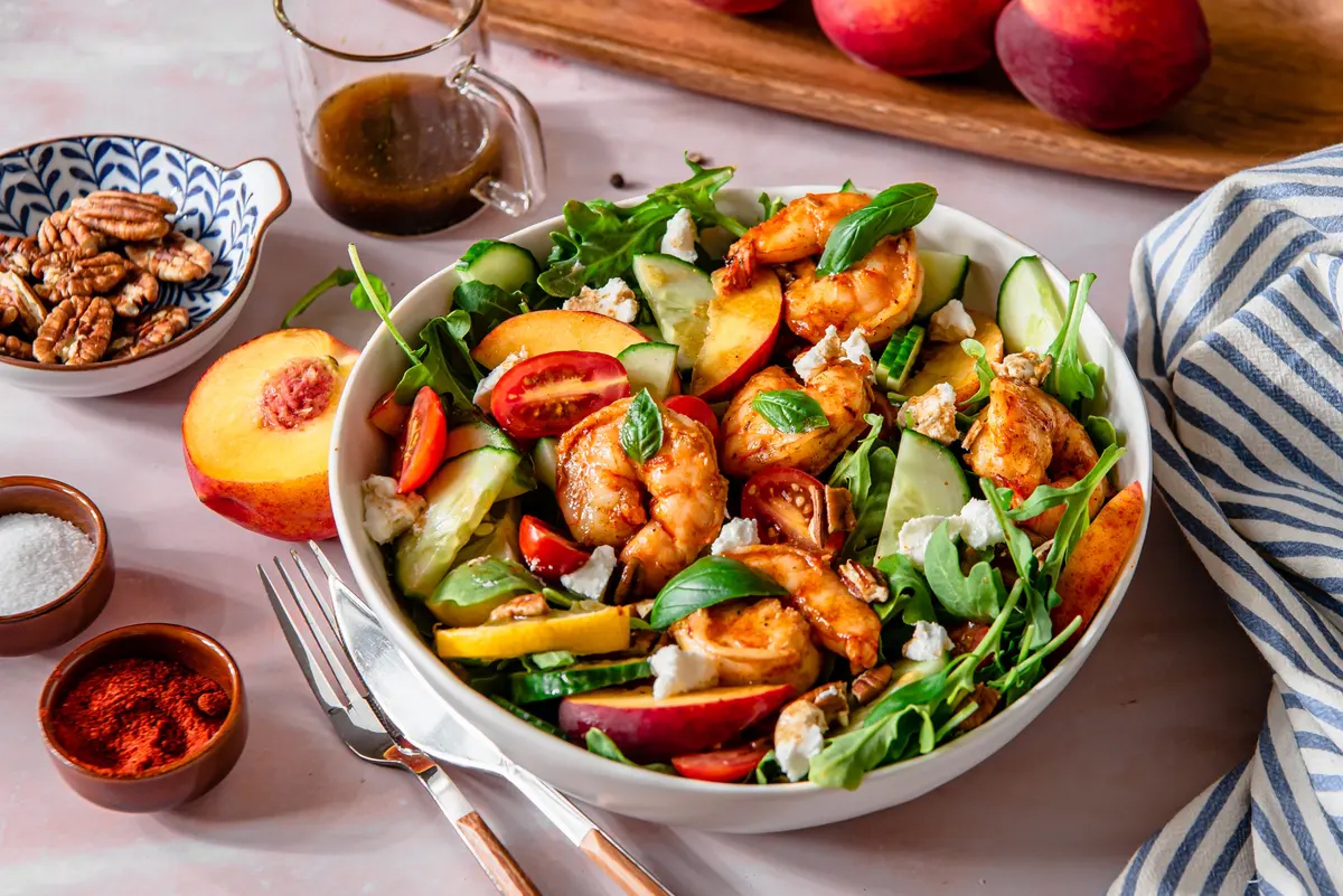The Significance of Flowers in the LGBTQ+ Community
Flowers and floral symbolism have long played an important role in the LGBTQ+ community.
Jun 25, 2021
Flowers have long been associated with the LGBTQ+ community. Some of the connections are out in the open, like all the colorful flowers that adorn the floats featured in Pride parades each June. But some of the links are much more discreet and date to a time when being “queer” was frowned upon, sometimes ridiculed, or worse.
“Flowers have been a part of the LBGTQ+ community for centuries,” says Jackie Lacey, president of the American Institute of Floral Designers and director of education and industry relations at Floriology, powered by BloomNet. “There are many floral symbols that include the ubiquitous green carnation, the evolution of the pansy, and, more recently, the emergence of rainbow roses.”
The subtle message of the green carnation
The green carnation is one of the most iconic flower symbols in LGBTQ+ history, attributed to legendary gay playwright Oscar Wilde, who asked actors and friends to wear green carnations at the opening night performance of his play Lady Windemere’s Fan in 1892. Subsequently, Parisian gay men began wearing green carnations in public to send a message to other men that they were gay.
The pansy as a put down

Flower symbolism has been overtly hurtful to the LGBTQ+ community, too. In the 19th century, the use of the word “pansy” as a description of gay men carried an undercurrent of negative connotations. “During the Victorian era, the pansy became adversely emblematic of gay men,” explains Jackie. “The pansy, as a flower, is delicate and weak, and people began associating the pansy with gay men, who they perceived to be weak individuals.”
According to Jackie, the pansy flower is now looked at in a more positive light. “I think we prefer to look at it differently since the flower is so bright and beautiful and comes in so many colors, like the rainbow flag, and all of us within the LGBTQ+ community.”
The rainbow flag and flowers
The rainbow flag is the worldwide symbol for gay pride, and its design first appeared in the 1970s. San Francisco County Supervisor Harvey Milk, the first openly gay person to hold public office in the U.S., asked artist Gilbert Baker to create a positive symbol for the gay community. Baker wanted each color of the flag to represent a message. Red represents life, orange for healing, yellow for sunlight, green for nature, blue for harmony, and purple for spirit.
“There is a strong association with the use of rainbow roses in today’s market, in relation to the rainbow flag, and a connection of how flowers were used to comfort the victims and survivors of the Pulse shooting in June of 2016 and other hate crimes, particularly the recent escalation of hate crimes against transgender people,” says Jackie, who also leads the LGBTQ+ and Allies employee resource group at 1-800-FLOWERS.COM, Inc.

Jackie also points out that the colors of the rainbow flag and rainbow flowers represent all the many different types of individuals who encompass the acronym LGBTQ+ and the community’s shared history. “We are not a homogenous group. We come in all shapes and sizes, just like flowers,” he says. “Collectively, we look at the positive end of a rainbow as our future has evolved and changed, particularly during the last 50 years, when we’ve gone through so many ups and downs.”
Flowers and the AIDS crisis
The traverse from tragedy to triumph can be told from the point of view of long-time San Francisco florist Guy Clark, who was featured in the searing documentary We Were Here, about survivors of the early days of the AIDS crisis.
June 2021 is the 40th anniversary of AIDS being officially identified as a disease in the U.S. Coincidentally, 1981 is when Guy set up his floral business on San Francisco’s famed Castro Street, the unofficial hub of gay life during the early ‘80s. “At first, I was so full of optimism and hope for my business and so excited to be in the middle of the gay capital of the world,” Guy remembers. “Then, horribly, the AIDS crisis began.”
Guy recalls arranging, selling, and donating flowers for hospitalized patients, funerals, and life celebration ceremonies. “I did the best I could to accommodate everyone during that difficult time. One day you would see someone that you saw every day, and then they would just disappear. It was a catastrophe.”
By the end of the 1990s, when retroviral drugs became available, the crisis began to ease, and life changed for Guy. “I feel fortunate every day that I am still alive and still selling flowers 40 years later,” he says. “Now, I’m happy to say that I’m busy designing arrangements for gay weddings, and like the funerals during those dark days, my customers want the designs bright, colorful, big, and bold. Thankfully, that’s how our community rolls.”
Understanding the LGBTQ+ community through flowers
“A lot of our community embraces a positive outlook since we’ve overcome so many challenges in our lives,” Jackie says. “We embrace color a lot, so the art of flowers is joyous, and it helps lift us up, particularly when gay marriage finally became legal.”
At his wedding five years ago, Jackie made sure that all of the flowers used were in shades of red since it is his favorite color and has a strong and vibrant hue. “We had various red flowers including orchids, roses, anemone, and anthuriums. The colors of the flowers blended so wonderfully and made the setting so dazzling. It was like a dream.”
For Jackie, flowers bind the past, present, and future of LGBTQ+ history. “Flowers symbolize what we’ve been through together and look forward to together. I always say, plant seeds of desire, water them with education, and watch them grow with knowledge. And, the same could be said with how people can come to understand LGBTQ+ history and learn more about our community.”
.svg?q=70&width=384&auto=webp)







